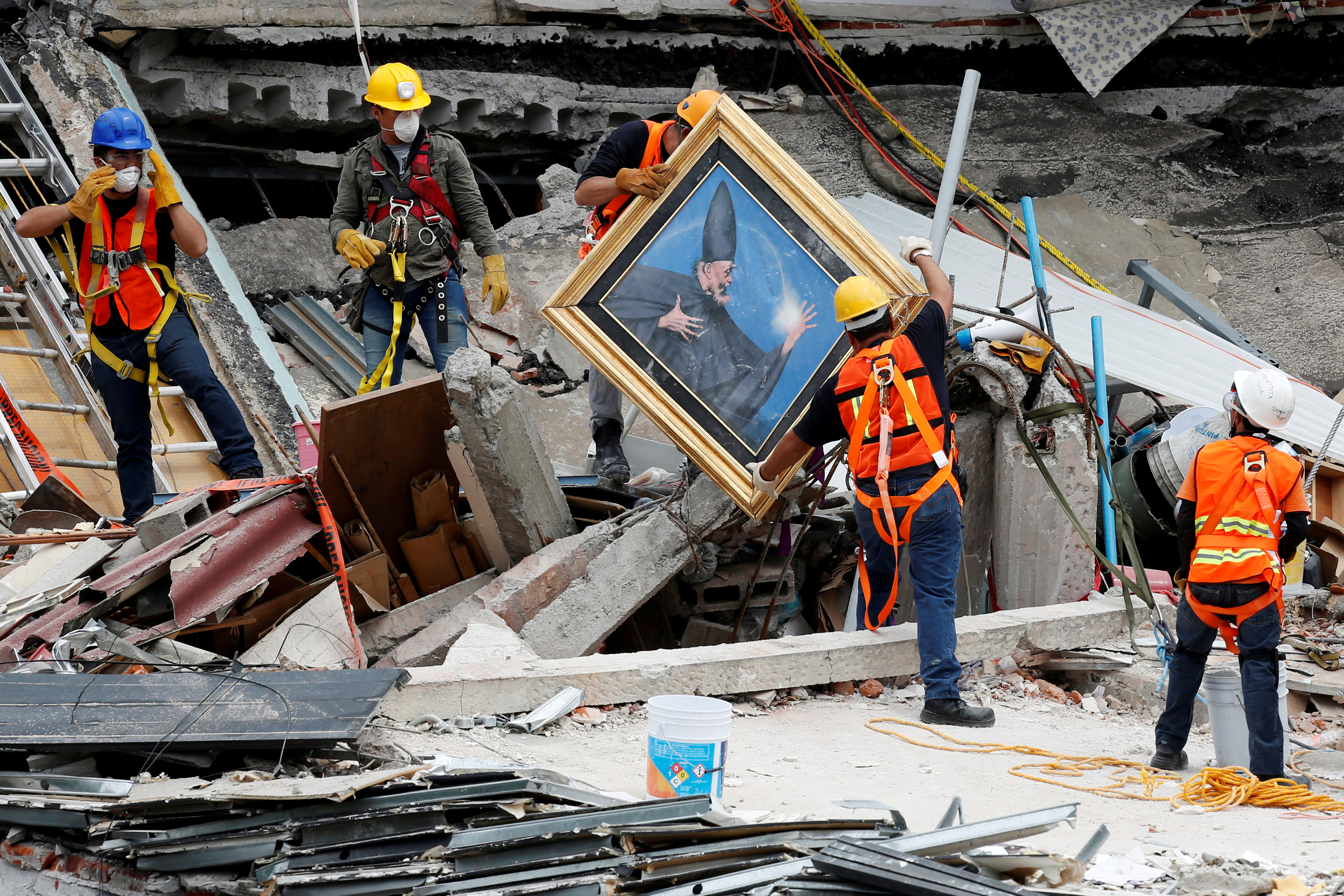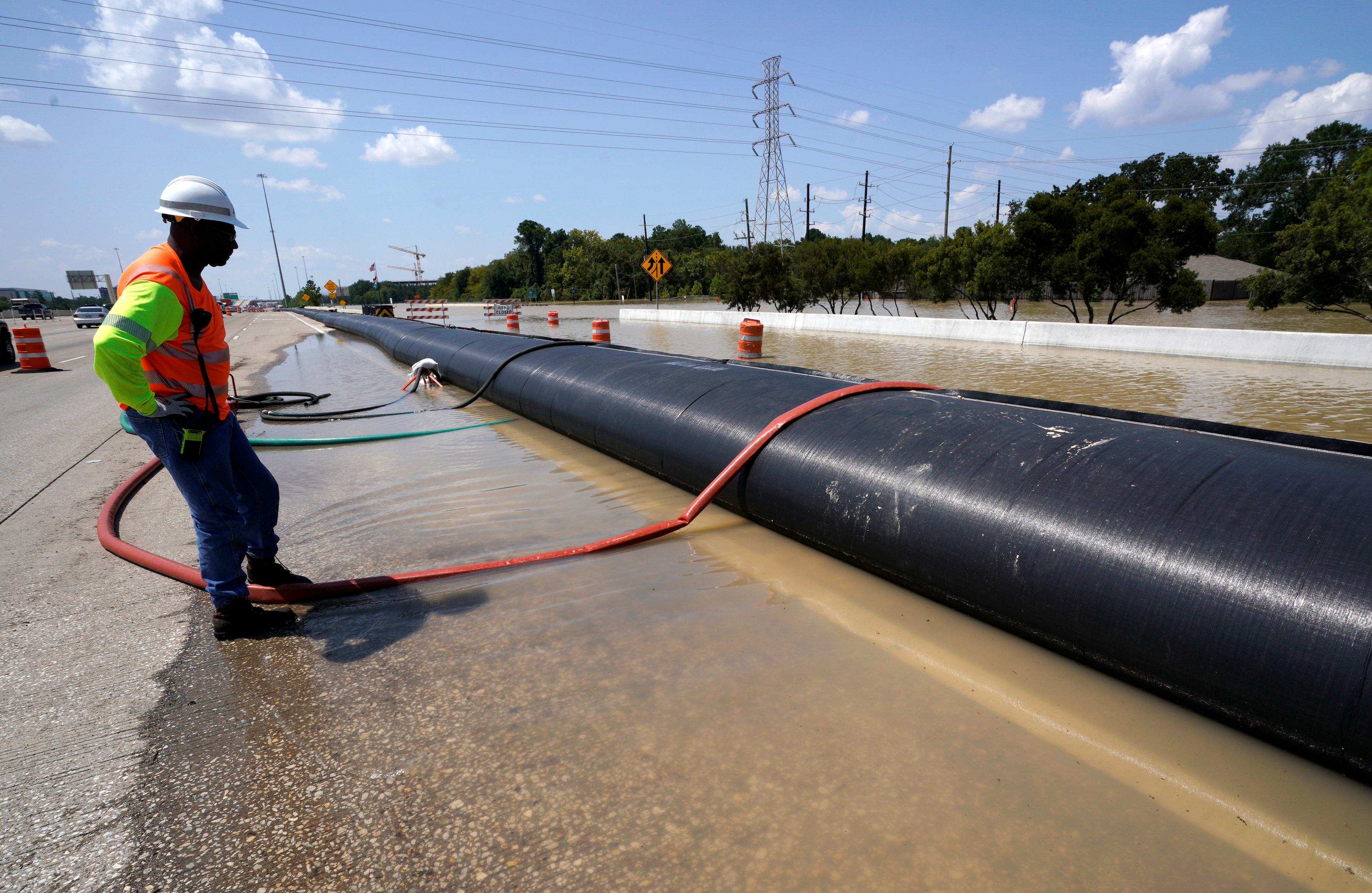
By Lee Van Der Voo
CHICO, Calif. (Reuters) – For two dozen third-graders who survived the massive wildfire that largely obliterated Paradise, California, school is now the small home of their teacher, Sheri Eichar: Reading center on the couch, math in the kitchen nook, language in the corner.
When it’s time for recess, the pupils jog around the block of Eichar’s suburban neighborhood in Chico, a 20-minute drive from Paradise.
Of the 24 kids in Eichar’s class at Children’s Community Charter School, 20 lost their homes in the Camp Fire, which broke out near Paradise on November 8 and swept through the small mountain community, killing at least 88 people.
The blaze, which is now fully contained, is already the deadliest U.S. wildfire in a century, with 158 people still unaccounted for as search and rescue teams comb through the rubble and ash for human remains.
Many of Paradise’s 27,000 residents are now settled in and around Chico after the firestorm that consumed the town and destroyed the elementary school.
Within days of the evacuation, Eichar notified her students that classes would resume in her three-bedroom home and she and her husband moved the couches around so the children can sit on the floor of their living room.
On the first day, “The kids walked in like they did it every day of their lives,” Eichar said, and lined up side by side on the couches. Ten to 12 students come most days, although 18 turned up on Tuesday.
“They just needed each other so bad. This fire has created such isolation for the families and these children. They just need to be together,” she said.
MORE FUN
Eleanor Weddig, 8, says the home is more fun than a schoolhouse.
“Well, I love it. It’s like more comfortable than our classroom, the chairs are cushy,” Weddig said. “And anyway it’s a house so it’s like more fancy and stuff, and she cooks us great lunches.”
All told, 5,000 students have been displaced from Paradise schools. Eight of nine schools in the Paradise Unified School District are damaged or destroyed.
Students left homeless are eligible under federal law to re-enroll in a school wherever they temporarily reside, said Tom DeLapp of the Butte County Office of Education.
Officials are scrambling to identify commercial buildings, available real estate, mobile classrooms and partnerships with other agencies to keep classrooms and kids together.
“It could be years,” before schools are rebuilt in Paradise, DeLapp said. “While the place burned down in 24 hours, we can’t rebuild it in 24 hours.”
TEST SCORES
Families and staff at Children’s Community Charter School gathered at the Grace Community Church in Chico on Tuesday to hear about plans for recovery.
Starting Monday, the school’s 220 students will begin holding classes at a church gym in Chico. On Friday, a second charter school will squeeze into the same space.
Principal Steve Hitchko says it will be tricky. There is only one restroom, and students have missed a lot of classes.
“Will our test scores suffer? Yeah. I’m just going to be honest with you. We’re going through trauma,” Hitchko said.
At the meeting, parents voiced concerns about long commutes from new or temporary homes, counseling services and after-school programs. Children wondered whether there would be books and computers.
For many, the meeting was an emotional reunion. Some parents and children were seeing each other for the first time since the fire.
Staff members there included Jessica Hamack, the school’s office manager, who was applauded by parents for canceling classes when the fire rapidly overtook Paradise. Some credit her cancellation notice for alerting them to the flames.
Hamack said she issued the alert after seeing flames behind the school when she arrived for work, adding: “There were already kids in my office and that made me nervous.”
(Reporting by Lee Van Der Voo in Chico, California; Writing by Dan Whitcomb in Los Angeles; Editing by Bill Tarrant and Sonya Hepinstall)











